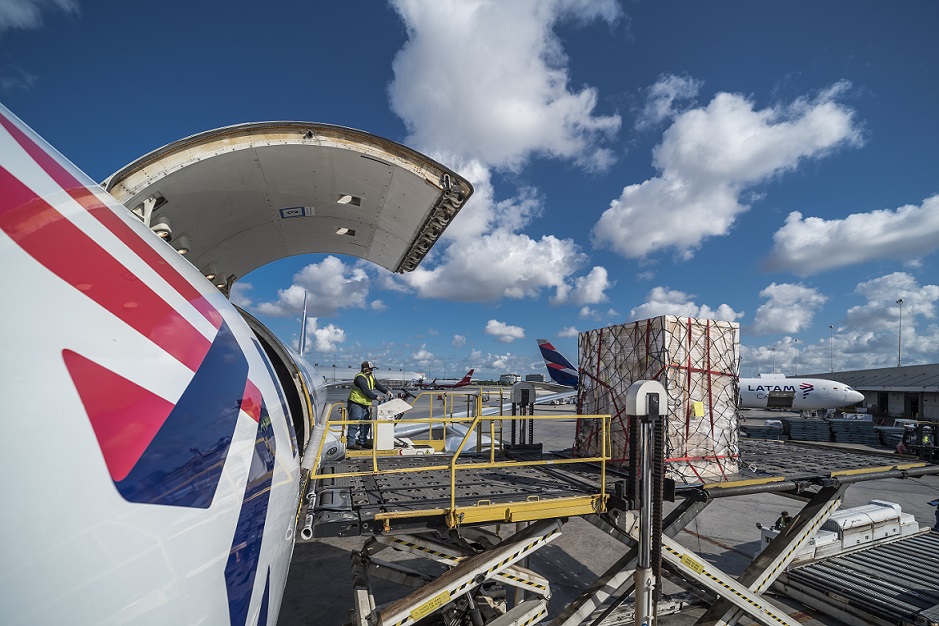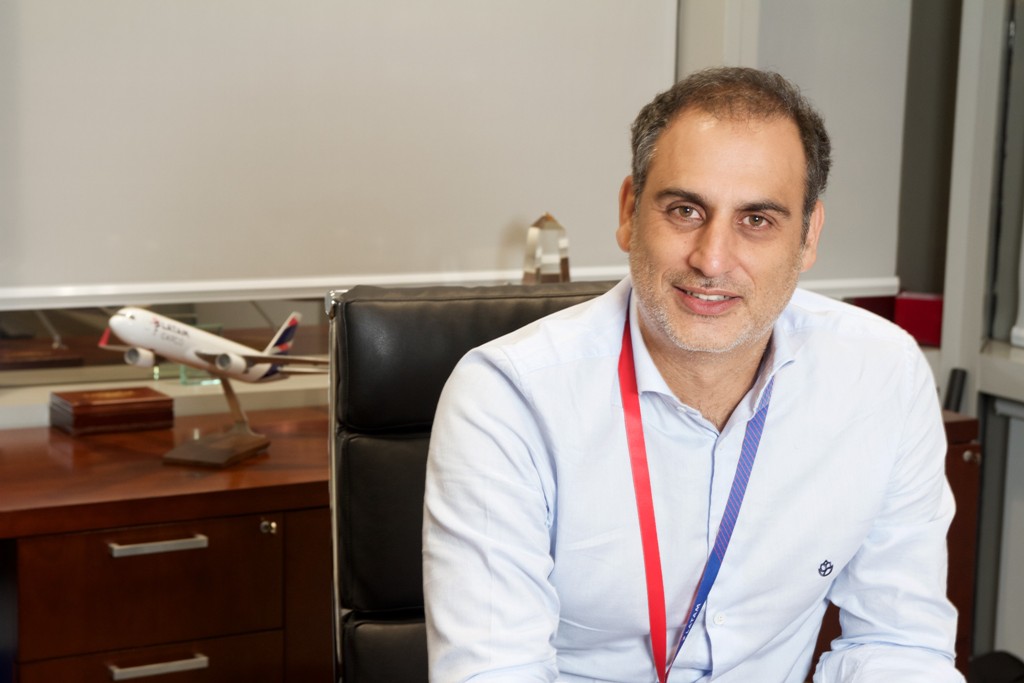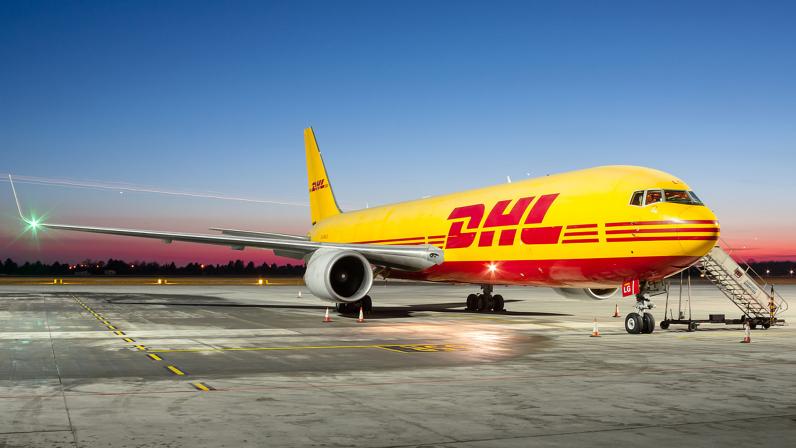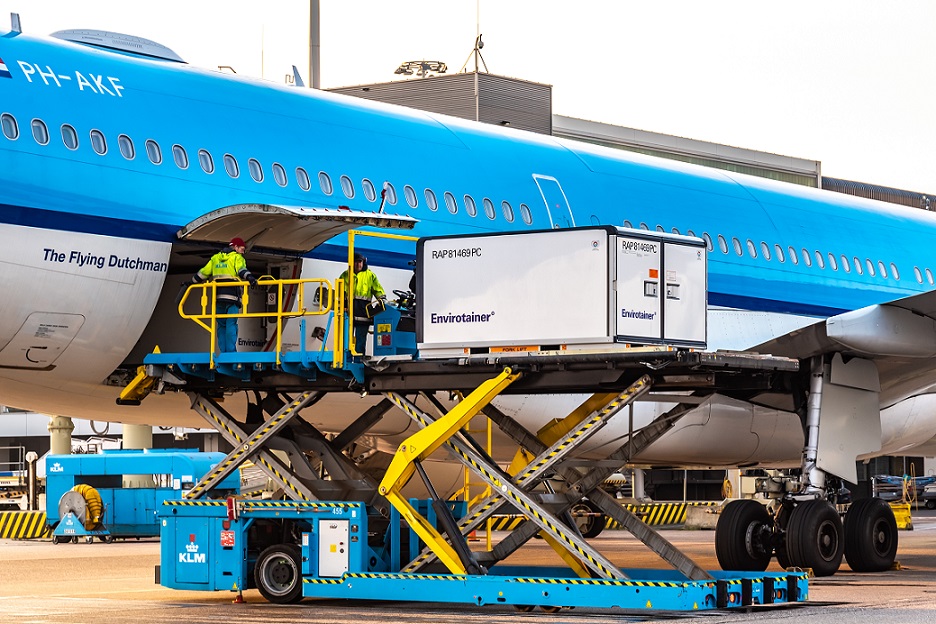Latin America: Yields under pressure as capacity outstrips demand
04 / 12 / 2023

Source: LATAM Cargo
The recovery of passenger flights has resulted in an influx of cargo capacity for many countries in Latin America while export demand from the region remains strong.
For much of this year, IATA’s monthly cargo statistics have shown Latin America as the region with the strongest growth in cargo traffic.
Business did not expand as dramatically as in most other areas in 2021/22, and it did not decline as dramatically either since then, notes Andres Bianchi, chief executive of LATAM Cargo.
Despite worries about flagging demand for flowers and fruit in overseas markets, exports from Latin America have remained strong, operators report.
Earlier this year this put a strain on some outbound capacity, most prominently in Honduras, where exports of tilapia and rambutan have been going strong, reports Robert Villamizar, director of route development US-Latin America of DHL Global Forwarding (DGF).
The forwarder had to resort to trucking cargo from Honduras to El Salvador to catch northbound freighters.
An influx of capacity into Latin America has taken care of capacity bottlenecks.
“No market needs more capacity now,” observes Enrica Calonghi, director South America at Air France KLM Martinair Cargo (AFKLMP). “Ecuador had a lack of capacity, but now there is sufficient lift.”
Inbound traffic has been less robust than South America’s exports, as demand fell dramatically, according to Bianchi.
“On the import side, Brazil makes up nearly two-thirds of demand, so we are following that closely. The other markets have underperformed,” he says, adding that most markets have contracted at the same rate.

LATAM Cargo chief executive Andrés Bianchi
Weakening economic conditions have been aggravated by political instability in several countries, creating an environment that has been detrimental to investment, he comments.
While demand for imports into the region lost momentum, capacity has poured into the market.
Bellyhold makes a comeback
One major driver for this has been the recovery of passenger traffic that has boosted fleet expansion at Avianca and other carriers, while LATAM has ramped up its passenger operations.
International passenger airlines have also stepped up flying to the region. Destinations like Brazil and Argentina are seeing strong demand in tourism, partly because these markets are now comparatively cheap for vacations, remarks Calonghi.
AFKLMP is returning to San Jose this winter season and upping capacity to Sao Paulo.
It also has daily freighter service to the region, serving Bogota, Quito, Santiago, Sao Paulo and Buenos Aires.
Its presence in Lima has been reduced to belly lift in response to low perishables production this year as a result of adverse climate conditions.
“More and more carriers are entering the market, especially freighters,” says Calonghi.
Besides the likes of Qatar Airways, which launched a weekly Boeing 777 flight between Dallas/Fort Worth and Bogota, parcel carriers have expanded aggressively into the market.
DHL, which launched six weekly flights between Miami and Sao Paulo with Boeing 767F equipment last year, was set to mount six weekly flights from Miami to Buenos Aires, returning via Santiago at the end of October.
Cainiao, which established a smart distribution centre in Brazil last year to connect with similar facilities in Chile and Mexico, is planning air and sea routes. So far it has used regular cargo charters to the region.
E-commerce has been a major driver of inbound traffic. “Inbound demand for e-commerce, especially in Brazil and Mexico, has been super-strong,” reports Calonghi.

B767-300F. Photo: DHL
“There are some sectors where demand has grown,” says Villamizar, pointing to manufacturing and engineering, especially in the mining and construction segments.
After a downturn at the beginning of the year, life sciences have rebounded, he adds, saying that this remains a growth focus for DGF.
Latin America Cargo City (LACC), which operates the free trade zone at Montevideo’s Carrasco airport, has had a strong focus for years on the pharma and life sciences sector with a quest to establish itself as a regional hub for pharma distribution.
This has attracted the likes of GlaxoSmithKline to the airport, and LACC continues to expand its capacity. This spring it completed the construction of a new pharma facility.
“In the past years the fast-paced growth we have experienced was primarily tied to the discovery of Uruguay and LACC’s unique value proposition to better service the region, but we’ve seen an increment in the interest level given organisational needs to simplify their distribution efforts in an ever-so unstable and unpredictable global context,” said Noel Aguinaga, head of client advisory.
Nearshoring moves
For future growth operators in Latin America are also looking to the nearshoring trend as North American companies seek to shift their sourcing from China to areas closer to their market.
Mexico has been the prime beneficiary of this trend so far, which resulted in Laredo snatching the crown of being the top gateway for US imports from the port of Los Angeles this year.
In the wake of companies (including Chinese manufacturers) setting up shop or expanding in Mexico airfreight capacity to this market has increased, but it has been a bumpy ride for carriers and their clients.
The Mexican government decreed in January that freighter operators were to exit Mexico City’s Benito Juarez airport to alleviate its chronic congestion, which set off a migration to the newly expanded Felipe Angeles airport (AIFA).
While AIFA has a modern cargo infrastructure and is not congested, the move proved a harrowing experience for carriers, mostly because of issues around customs clearance, which resulted in cargo being shuttled back and forth between the two airports, suffering lengthy delays.
“The transition has not been easy. Logistics on the ground have been a nightmare,” says Villamizar.
Mexico has garnered the lion’s share of the nearshoring trend so far, but firms have also expressed an interest in setting up production facilities in other Latin American countries.
Bianchi notes that these developments will take time to materialise. He does not expect any major development before 2025.
“This would change the export matrix from South America,” he reflects.
The automotive sector, which has been a major magnet for investment in Mexico, is not a strong suit for air cargo operators at the moment, though.
While flows of auto and pharma traffic between Mexico and Brazil, the region’s two powerhouses, have grown, much of the former have migrated to ocean transport, reports Calonghi.
“Customers are trying to re-evaluate their transport modes,” says Villamizar. “Especially large customers are trying to save money. We’ve seen a shift from air to ocean. Volumes are down more than we expected.”
Rates under pressure
The combination of rising capacity, weakening demand and some shift to slower modes has put pressure on pricing.
In response some airlines have cancelled flights or combined destinations previously served separately, observes Villamizar. This has reduced capacity in some sectors to Sao Paulo and Santiago, and from time to time to Lima.
He reckons that rates should have bottomed out. “We expect more steady rates in Q4 and next year,” he says.
Calonghi shares this view. “Yields are declining, but I think they will stabilise,” she says.
The slower market has not stopped LATAM Cargo’s expansion. With three Boeing 767-300 freighters joining its fleet this year, its all-cargo line-up has grown to 19 planes.
LATAM’s belly lift, which accounted for 55-60% of its overall capacity before the pandemic, has grown faster than anticipated this year, he notes.
The additional freighter capacity has been used to reinforce sectors and start new routes, such as a twice-weekly run between Amsterdam and Curitiba and a service from Lima to Los Angeles, returning via Chicago to Sao Paulo.
The latter gives the carrier a new entry point to US market as well as interline opportunities for transpacific traffic, an area that Bianchi is eager to develop through closer alignments with a group of select carriers.
He is also preparing for collaboration with Delta, but says it is too early to disclose these plans.
Rival Avianca is also pursuing interline opportunities, having signed an MoU with Turkish Airlines Cargo to explore avenues of collaboration like freighter capacity agreements.
In August it launched a Miami-Sao Paulo-Vitoria flight to carry freight for Rhenus, DSV, Expeditors and Draco, having revamped its product line-up and completed CEIV certification for live animal traffic earlier this year.
For Bianchi digitisation is a priority going forward. In the spring LATAM ran a pilot programme with shippers, forwarders and customs agencies in Peru and Spain to trial the ONE Record programme. This reduced processing time between 70 and 90%, he reports.

Source: Air France KLM Martinair Cargo
Digitisation has made good progress in Latin America, reports Calonghi. “70% of our bookings come from our online tool. Phone bookings are under 10%,” she says.
If anything, airlines seem to be slower than forwarders to embrace digitisation. “Their investment in digitisation has been limited. We’ve been pushing for improvement,” says Villamizar.
Digitisation has taken a big step forward in the customs agency in Brazil. What used to be a frequent source of frustration appears to have shifted into a much smoother gear.
“Customs can now process shipments with more visibility and faster. There have been very few instances where there were issues,” remarks Villamizar.
Calonghi says that new customs procedures in Brazil should allow Guarulhos and Viracopos, the two main airports serving Sao Paulo, to become major hubs for transit traffic involving other countries.
“We have not seen the real impact of this yet,” she notes. If it does play out in this way, these airports could become gateways for the continent similar to Miami’s role for international flows to and from Latin America,” she says.













